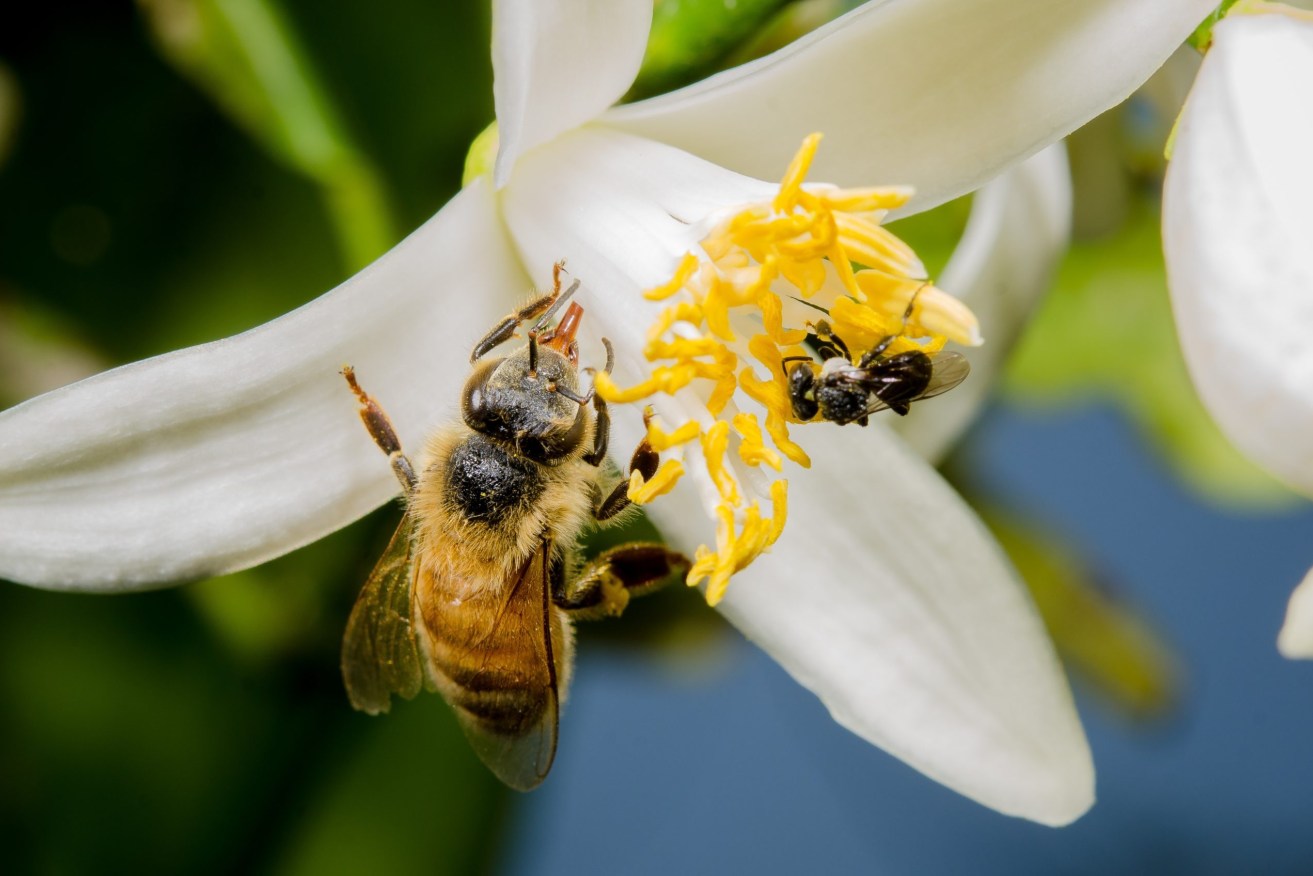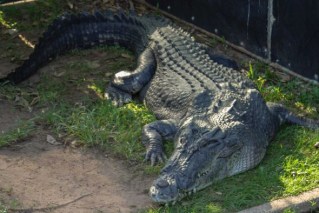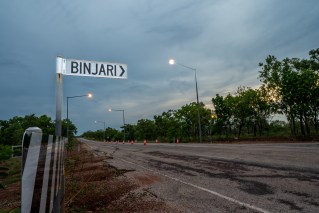New superfood find creates buzz in native honey market
Queensland researchers have stumbled on a new superfood with sweeteners for those in the honey business.


A regular honey bee on the left, compared to the much smaller stingless bee on the right.
A Queensland scientist has lifted the lid on a new natural honey that doesn’t cause tooth decay and is suitable for diabetics.
The compound called trehalulose is a rare sugar with a low glycaemic index (GI), and not found as a major component in any other foods.
It is found in the honey of native stingless bees, a discovery made by University of Queensland organic chemist Mary Fletcher, who says the find confirms what Indigenous people have known all along – “that native stingless bee honey has special health properties.”
“We tested honey from two Australian native stingless bee species, two in Malaysia and one in Brazil and found that up to 85 per cent of their sugar is trehalulose, not maltose as previously thought,” Fletcher said.
“Traditionally it has been thought that stingless bee honey was good for diabetes and now we know why – having a lower GI means it takes longer for the sugar to be absorbed into the blood stream, so there is not a spike in glucose that you get from other sugars.
“Interestingly trehalulose is also acariogenic, which means it doesn’t cause tooth decay.”
Fletcher said the findings would strengthen the stingless bee honey market and create new opportunities.
“Stingless bee honey sells now for around $200 per kilogram, which is up there with the price of Manuka and Royal Jelly honey,” she said.
“The high commercial value also makes it a risk for substitution, where people could sell other honey as stingless bee honey, or dilute the product.
“But due to this research, we can test for this novel sugar, which will help industry to set a food standard for stingless bee honey.”

University of Queensland researchers Mary Fletcher and Natasha Hungerford.
Stingless bees (Meliponini) occur in most tropical and sub-tropical regions, with more than 500 species across Neotropical, Afrotropical and Indo-Australian regions.
Like the well-known Apis mellifera honeybees, stingless bees live in permanent colonies made up of a single queen and workers, who collect pollen and nectar to feed larvae within the colony.
Fletcher said keeping native stingless bees was gaining in popularity in Australia, for their role as pollinators as well as for their unique honey.
As well as having health benefits, stingless bee honey is valued for its flavour and is in high demand from chefs.
Fletcher said people had patented ways of making trehalulose synthetically with enzymes and bacteria, but her research showed stingless bee honey could be used as a whole food on its own or in other food to get the same health benefits.
The work of Fletcher and the research team has led to a new project funded by Agrifutures Australia, supported by the Australian Native Bee Association.
The next stage of the project will investigate storage and collection, to optimise the trehalulose content of Australian stingless bee honey.












